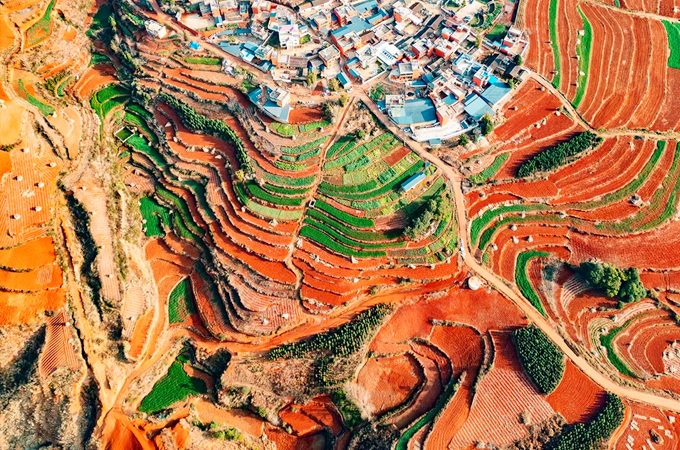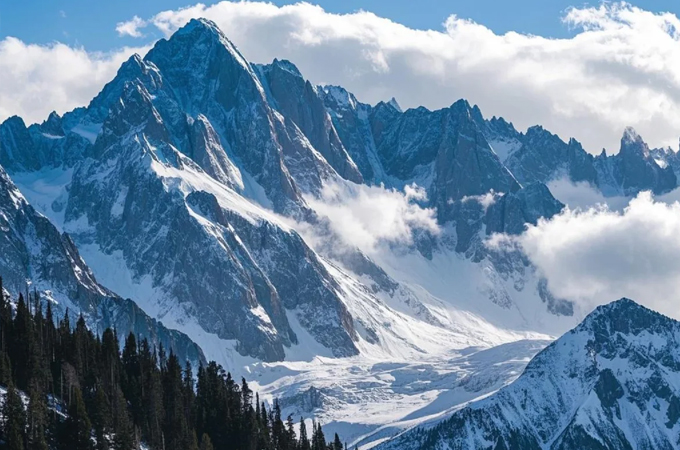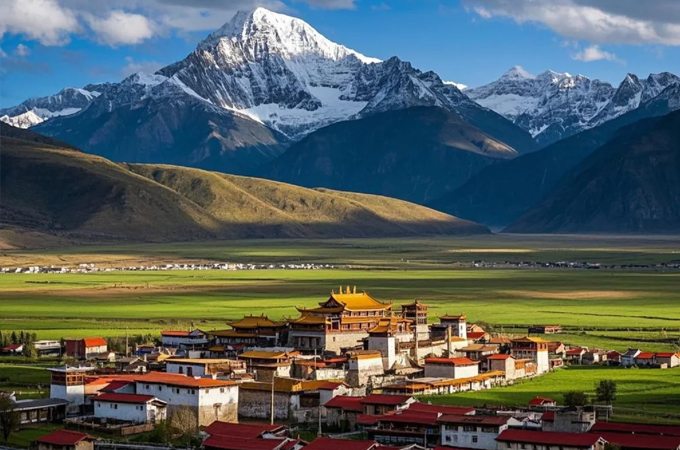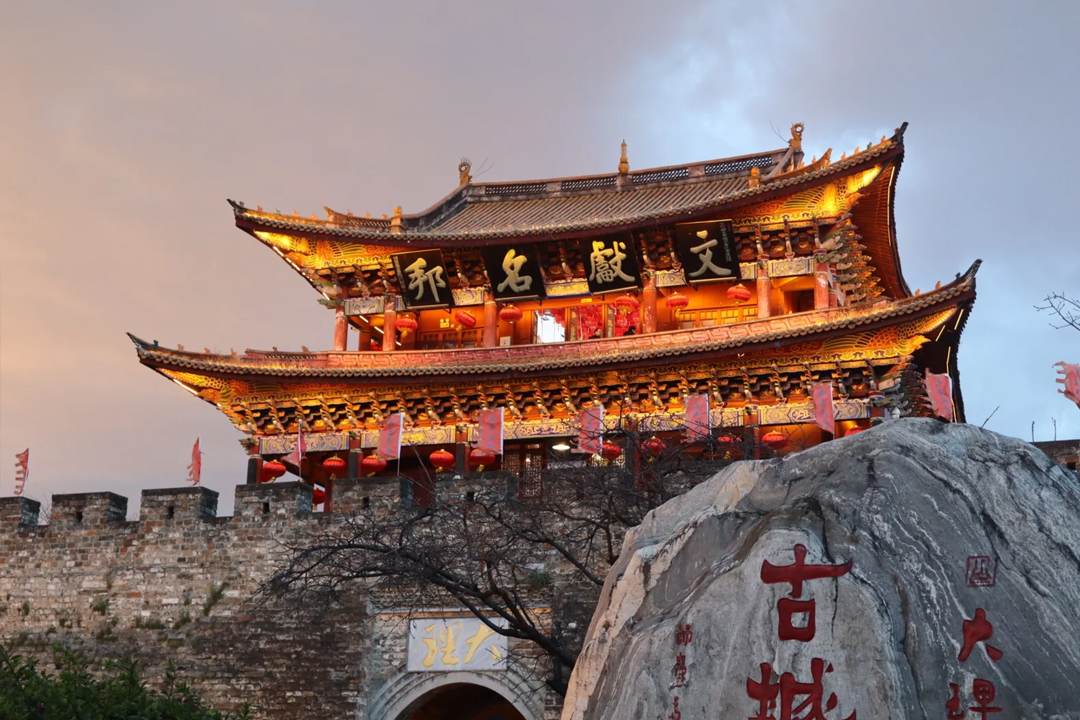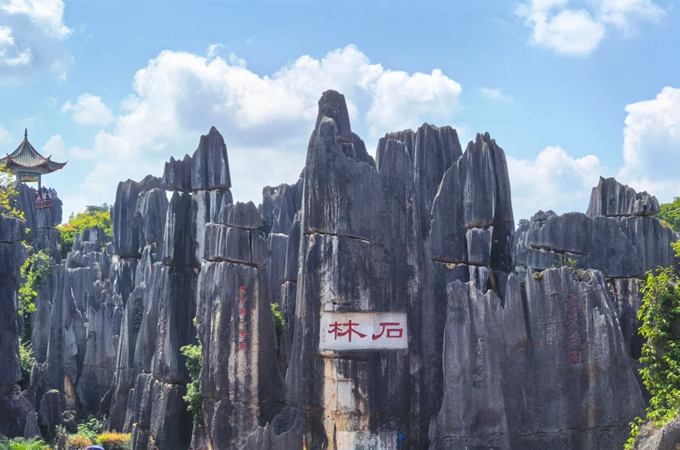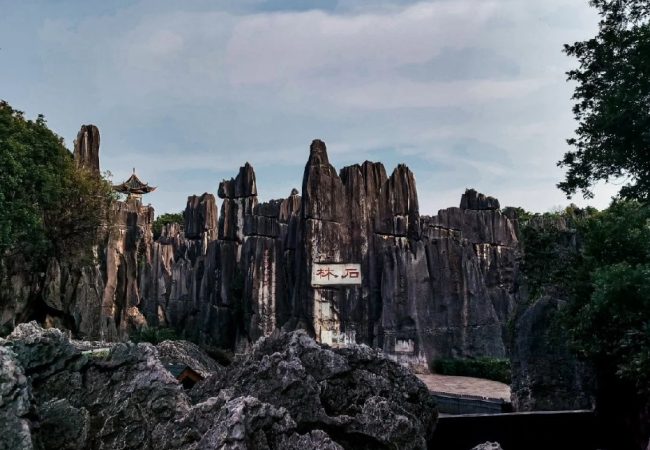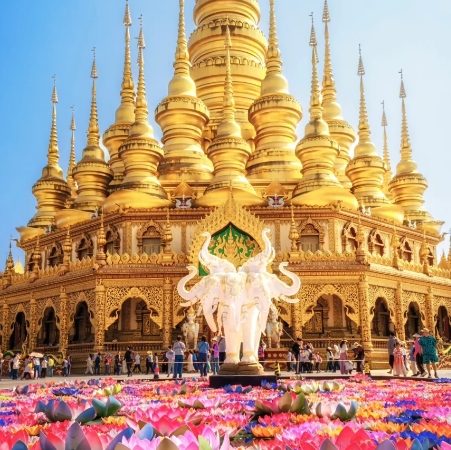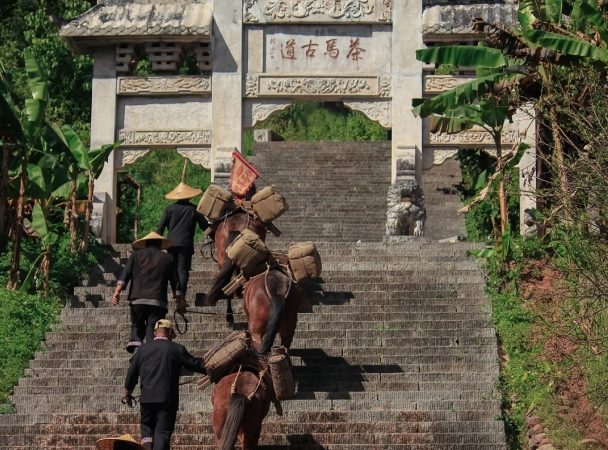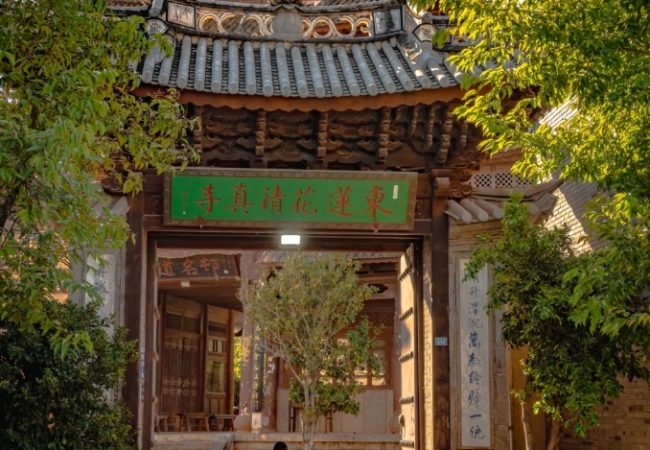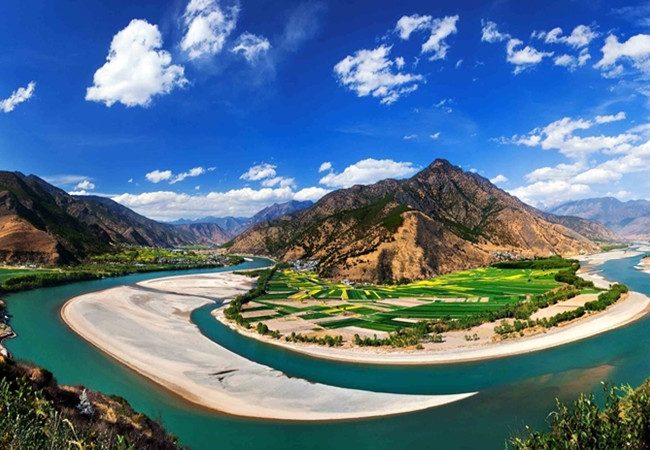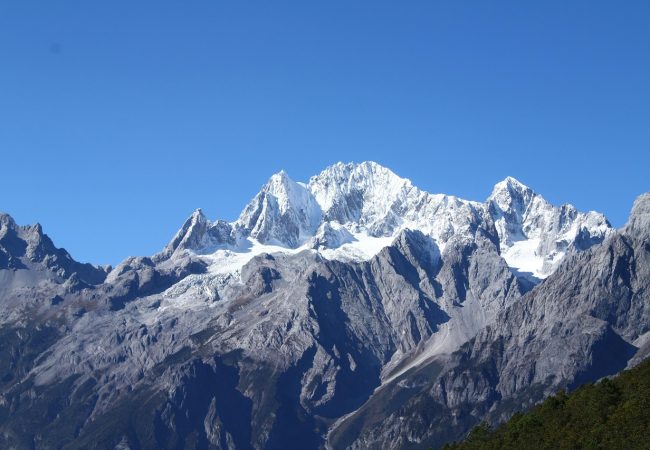The name “Shangri-La” is derived from the Tibetan language, meaning “the sun and the moon in the heart.” In 1933, James Hilton depicted “Shangri-La” as an eternal land of peace and tranquility in his novel Lost Horizon. In 1997, the Yunnan Provincial Government announced that Shangri-La is located in Diqing. In 2001, Zhongdian County was renamed Shangri-La County, and in 2014, it was upgraded to a city.
Geographical Location
Shangri-La is situated in the northwest of Yunnan Province, in the heart of the Diqing Tibetan Autonomous Prefecture, within the “Greater Triangle” region of Yunnan, Sichuan, and Tibet. It is a key transportation hub on the “Tea Horse Road” between Yunnan and Tibet. The city covers an area of 11,613 square kilometers, with a total population of 186,400. It is home to nine indigenous ethnic groups, including Tibetans, Naxi, and Han, as well as 25 other ethnic minorities.
Tourism
Shangri-La boasts three internationally renowned tourist brands: “Shangri-La,” “Three Parallel Rivers,” and the “Tea Horse Road.”
Cultural Features
Religious Culture
The dominant religion in Shangri-La is Tibetan Buddhism, but there are also other religions such as Islam, Christianity, and Catholicism.
Intangible Cultural Heritage
In 2008, the pottery-making skills of Nixi Township in Shangri-La (Tibetan Black Pottery Making Skills) were included in the national intangible cultural heritage list.
Climate
Shangri-La features six climatic zones, including subtropical valleys, temperate mountains, and cold temperate mountains, with a distinct vertical climate. The annual temperature range is small, with a low average daily temperature. There is no summer throughout the year, with an average temperature of 5.5°C. The temperature difference between day and night is significant, and the weather is highly variable, with clear skies, cloudy conditions, rain, and even snow possible within a short period. The southern part of Shangri-La receives more rainfall and is more humid, while the northern part is relatively dry.
Best Time to Visit
The period from May to October is the most suitable for visiting Shangri-La. From May to June, the end of spring and the beginning of summer, the temperature is pleasant, and the mountains are covered with blooming rhododendrons, creating a picturesque landscape. From July to August, the vegetation is lush, and the grasslands are full of vitality, making it an excellent time to enjoy the natural scenery. However, this is also the rainy season, so be sure to bring rain gear. From September to October, the weather cools down, the leaves gradually turn yellow and red, and the Sichuan rhododendrons bloom, turning the forests into a colorful fairyland, perfect for photography.
Recommended Attractions
Pudacuo National Park (普达措国家公园)
Pudacuo National Park, an important part of the World Natural Heritage site “Three Parallel Rivers,” is located in Hongpo Village, Jiandang Town, Shangri-La. The park features a variety of natural landscapes, including lakes and wetlands, forests and meadows, high mountains and canyons, and snow-capped mountains with glaciers. Visitors can enjoy the beauty of high-altitude lakes such as Shudu Lake and Bitahai, as well as various rare animals and plants.
Songzanlin Monastery (松赞林景区)
Also known as Ganden Songzanlin Monastery, this site is often referred to as the “Little Potala Palace of Yunnan.” Located near Niwang Road in Shangri-La, the monastery’s architecture is grand and combines the artistic essence of Tibetan and Han styles. The temple houses numerous Buddha statues, exquisite murals, and thangkas, offering visitors a strong sense of Tibetan Buddhist culture.
Dukezong Ancient Town (独克宗古城)
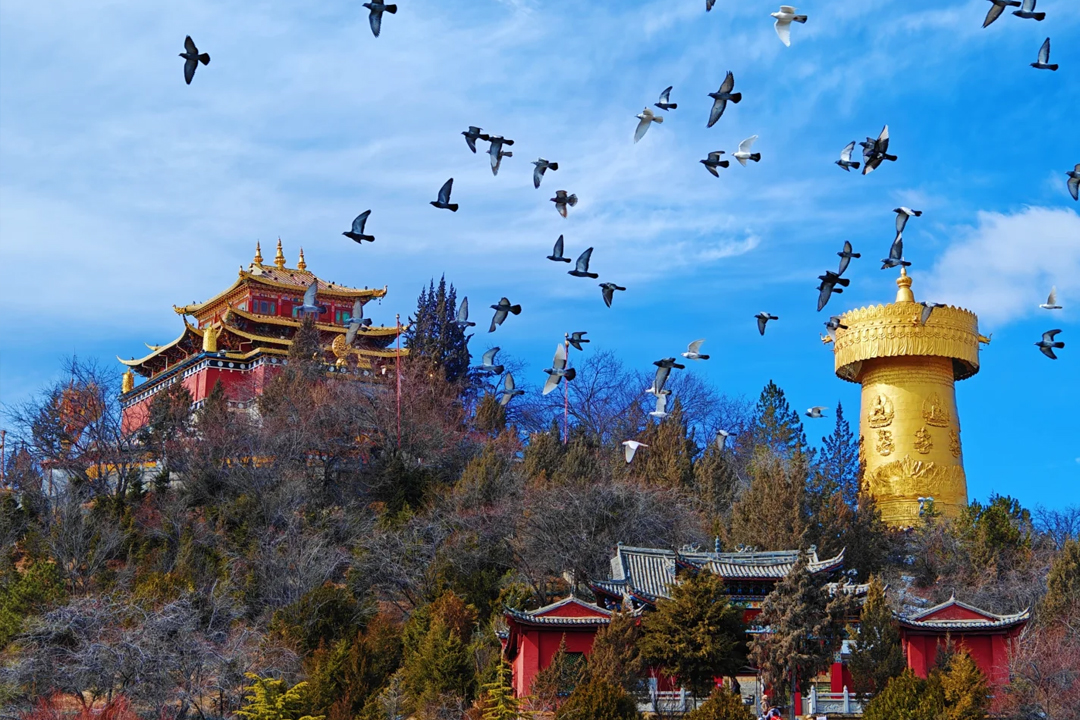
Located on Kangzhu Avenue in Shangri-La, Dukezong Ancient Town is one of the best-preserved and largest Tibetan residential complexes in China. The town is laid out in the shape of an eight-petal lotus and features the world’s largest prayer wheel. Visitors can wander through the town to admire ancient Tibetan architecture and experience the local culture and the devout faith of the residents.
Napahai Yila Grassland (纳帕海依拉草原)
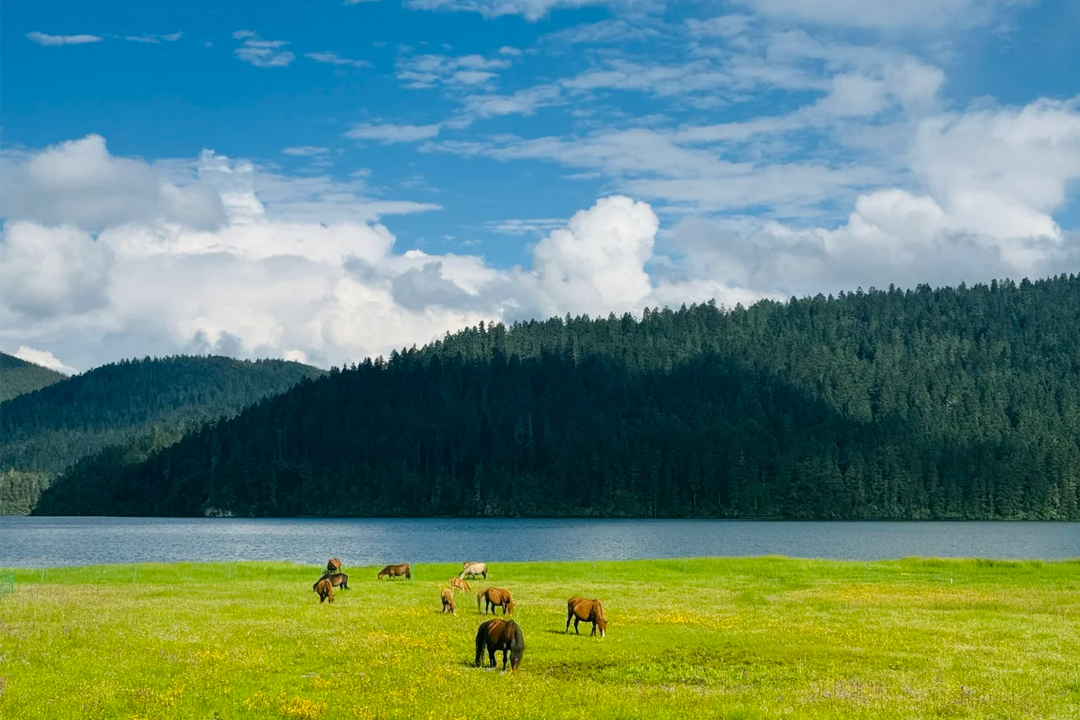
Situated in the northwest of Shangri-La city, about 8 kilometers from the urban area, Napahai Yila Grassland is a seasonal high-altitude lake and grassland. From September to November, the grassland turns yellow, creating a beautiful contrast with the distant snow-capped mountains and lakes. It is also a wintering ground for rare birds such as the black-necked crane.
Tiger Leaping Gorge (Shangri-La Section) (虎跳峡(香格里拉段))
Located in the Shangri-La Tiger Leaping Gorge Scenic Area, this section of the gorge is famous for its “dangerous” reputation. The river roars through the canyon, with towering mountains on both sides. The gorge is divided into Upper, Middle, and Lower Tiger Leaping sections, offering visitors a chance to experience the grandeur and magnificence of nature.
Transportation Guide
External Transportation
You can first arrive in Kunming or Lijiang and then transfer to a flight or bus to Shangri-La. Shangri-La Diqing Airport offers flights to and from cities such as Kunming, Lijiang, Chengdu, and Chongqing. Alternatively, you can take a long-distance bus from Kunming West Bus Station or Lijiang Bus Station. The journey is longer but offers scenic views along the way.
Internal Transportation
Shangri-La city has a few bus routes that can take you to major attractions. For example, Bus No. 3 goes directly to Songzanlin Monastery. Taxis, car rentals, and private drivers are also available. For farther attractions such as Pudacuo National Park and Napahai Yila Grassland, renting a car or hiring a private driver is more convenient.
Accommodation Options
Luxury
- Shangri-La Songzan Lin Ka Hotel (香格里拉松赞林卡酒店): Built along the mountain slope, it features traditional Kham-style architecture.
- Diqing Moonlight City Indigo Hotel (迪庆月光城英迪格酒店): Offers a panoramic view of the ancient town and is infused with Tibetan art.
- Shangri-La Songzan Green Valley Hotel (香格里拉松赞绿谷酒店): A private museum-like experience with a Tibetan touch.
Boutique
- High Mountain Villa Shangri-La Hotel (高山别庄・香格里拉酒店): Located by the scenic Napahai Lake, offering beautiful views.
- Shangri-La 5th Meteorite Light Year Hotel (香格里拉第 5 颗陨石・光年酒店): Inside Dukezong Ancient Town, with a view of the ancient town’s beauty.
- Bocxin Yunshe Gao Gong Mansion (泊心云舍・稿公府): Rich in cultural heritage and local charm.
Budget
There are many affordable hotels and guesthouses in Shangri-La city, providing more options for budget-conscious travelers.
Food Recommendations
Yak Meat Dishes (牦牛肉系列)
Yak meat hot pot is one of Shangri-La’s signature dishes, using fresh local yak meat and a variety of vegetables and special seasonings. Other yak meat dishes include roasted yak meat and yak meat jerky, which are flavorful and chewy.
Tibetan Pastries (藏式糕点)
These include barley biscuits and cheese dumplings. Barley biscuits are crispy and delicious, while cheese dumplings have a rich dairy flavor, both being important parts of the Tibetan daily diet.
Dairy Products (奶制品)
Enjoy pure and natural yak milk, yogurt, and cream. These dairy products are pollution-free and offer a genuine taste of the plateau.
Other Specialties
Other local specialties include Tibetan fragrant pork, pipa meat, butter tea, and highland barley wine. Butter tea has a strong tea and dairy aroma, perfect for warming up and quenching thirst. Highland barley wine is low in alcohol content, sweet in taste, and is a must-have drink for celebrations and entertaining guests.
We hope this introduction helps you understand more about Shangri-La. If you plan to visit, please check our travel routes for more information.

